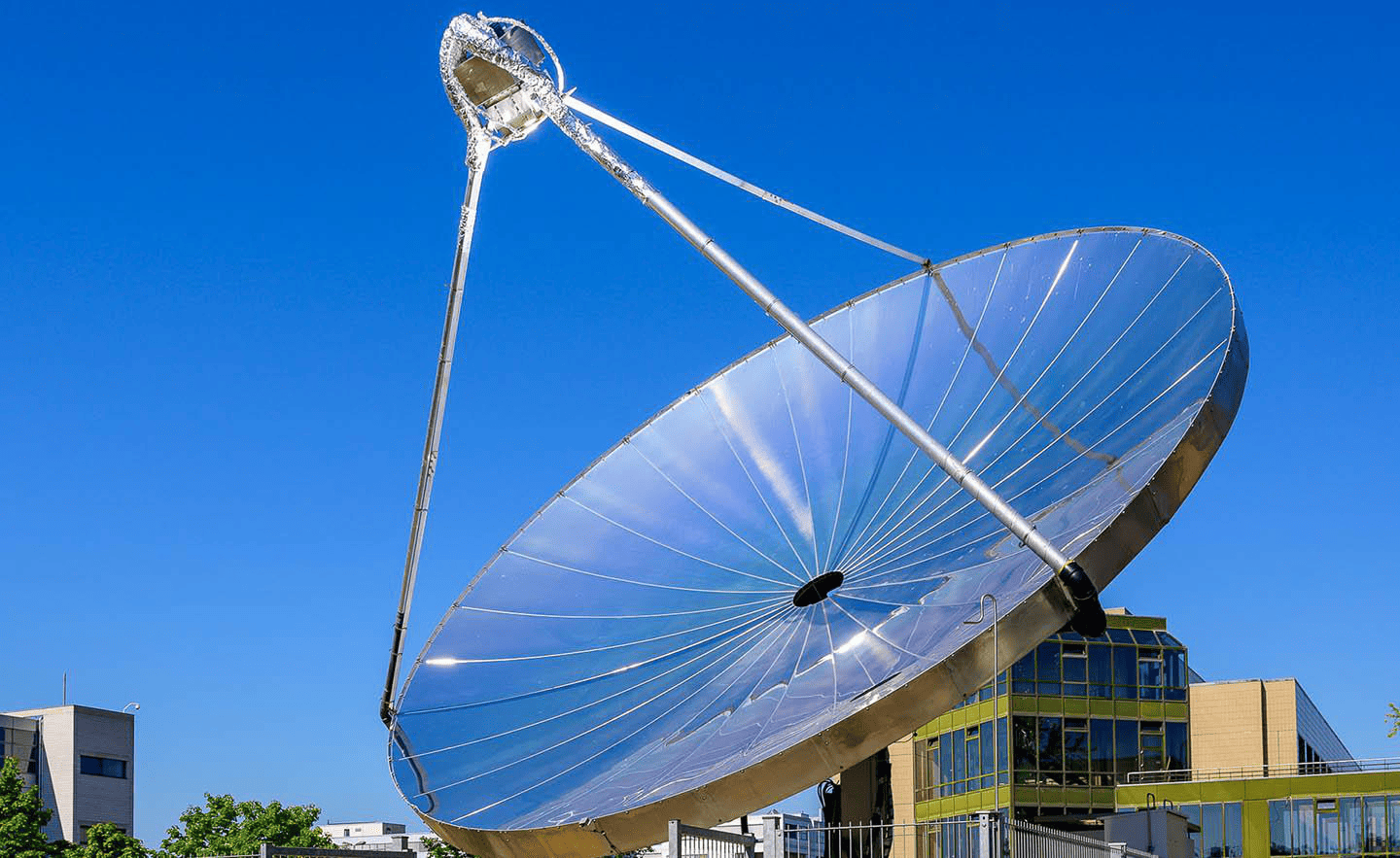
The elimination of daylight-saving time is a frequently discussed topic. Often, only the aspect of electricity consumption due to artificial lighting is considered. In a new study, Swiss Federal Laboratories for Materials Science and Technology (Empa) researchers have now analyzed whether daylight saving also impacts the heating and cooling energy required for office buildings and what role climate change might play in this.
In a press release, the lab explains that the debate is rather heated. On the one hand, proponents of time change elimination often bring forward the argument of saving electricity because of longer days, meaning less artificial light is needed. Opposing views, in turn, argue that annual time change impacts our health, for instance, through sleep disturbances.
“[Limiting the consumption of artificial light] was the original intention behind the introduction of daylight saving. From our point of view, however, it makes sense to look not only at the impact on electricity savings in lighting but on the overall energy consumption of a building,” explains Sven Eggimann. Together with his colleague Massimo Fiorentini and other colleagues at Empa’s Urban Energy Systems Lab, he has therefore determined whether and how the time change affects heating and cooling energy consumption.

Going home earlier saves energy
The scientists hypothesized that employees start work an hour earlier in summer due to the time change and thus leave the office earlier in the afternoon. Since most of the cooling happens later in the afternoon, this can save energy. The assumption is that the cooling can be reduced or even turned off entirely in an empty office. As buildings become more intelligent, this will be relatively easy to accomplish in the future.
To test the hypothesis, the researchers simulated the heating and cooling energy used with and without daylight-saving time for different climatic regions based on data from various office buildings in 15 US cities. To include the influence of climate change, they considered not only the current climate but also future climate scenarios up to the year 2050. This is crucial, as climate change enormously impacts a building’s energy consumption. In another study, for example, Empa researchers found that in the future, Switzerland’s demand for cooling could match the one for heating due to climate change.

The matter in numbers
“Switching to daylight-saving time can reduce an office building’s cooling energy by up to almost six percent. At the same time, heating demand can increase by up to 4.4 percent due to the earlier start of work in the morning. However, since much more cooling than heating energy is needed in summer, the time change has a positive overall effect on the energy balance of a building,” summarizes Massimo Fiorentini.
Across the different climate zones and scenarios, the overall energy savings varied – peaking at around 3 percent – but they were evident everywhere. Although this result only relates to office buildings in the US, it also provides valuable insights for Switzerland, as the climatic conditions are comparable for several of the simulated climate zones.
Contribution to climate protection
“Our study shows that time change can contribute to climate protection. In the discussion about eliminating daylight-saving time, policymakers should consider not only the electricity savings in artificial lighting but also the impact on the energy balance of office buildings as a whole,” says Eggimann. At the same time, the researchers emphasize that the time change is only one of many ways to influence the energy consumption of a building. Technical improvements of the buildings, behavioral changes, and a general adjustment of our working hours can also contribute to energy savings and, thus, CO2 reduction – regardless of whether or not we change the time every six months.
Selected for you!
Innovation Origins is the European platform for innovation news. In addition to the many reports from our own editors in 15 European countries, we select the most important press releases from reliable sources. This way you can stay up to date on what is happening in the world of innovation. Are you or do you know an organization that should not be missing from our list of selected sources? Then report to our editorial team.






